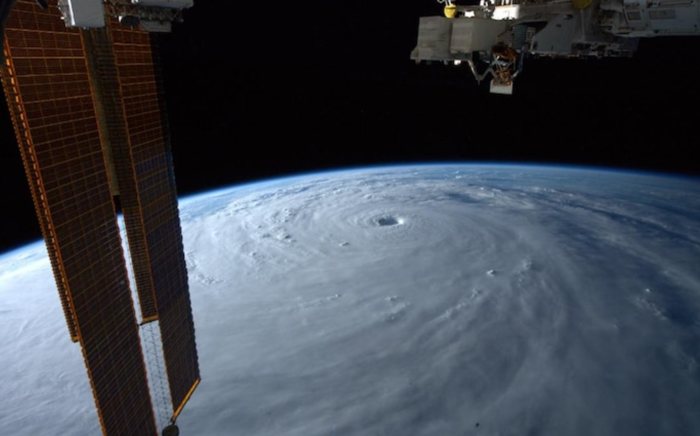The first official estimate of insurance and reinsurance industry losses from Japanese typhoon Nanmadol, which struck the country in September 2022, has been pegged at only close to US $773 million by PERILS AG.
 The catastrophe industry loss data aggregator said that its initial estimate of the insurance industry loss is based on data collected from the majority of the Japan non-life insurance market.
The catastrophe industry loss data aggregator said that its initial estimate of the insurance industry loss is based on data collected from the majority of the Japan non-life insurance market.
At JPY 114 billion, which is close to US $773 million at today’s rates, this is perhaps lower than had been originally anticipated by the market, which will be good news for some re/insurers.
However, PERILS estimate of industry losses for typhoon Nanmadol only includes losses from the property line of business that impact the Japanese non-life industry, so does not include losses to overseas insurers operating there.
It also does not include losses from motor physical damage, a factor that is covered in many reinsurance and catastrophe bond arrangements, or goods covered by transportation-related policies.
As a result, this can’t be considered the entire insurance market loss from the storm, rather the property-specific insured loss quantum.
Typhoon No. 14, which was named Nanmadol, impacted the islands of Kyushu and Shikoku in southern Japan and the western and central regions of Japan’s main island of Honshu from 18 to 20 September 2022, PERILS explained.
On the size of the industry loss estimate, PERILS explained, “Despite causing widespread disruption and extensive property damage, the loss to the insurance industry from Typhoon Nanmadol was lower than initially feared. In comparison to the major 2018/19 typhoon events (e.g., Jebi or Hagibis), the lower-than-expected loss level can be attributed to Nanmadol’s track, which ran through an area of lower value concentration and the fact that the affected areas are frequently exposed to extreme weather events and therefore well prepared to withstand their impact.”
Takashi Goda, Senior Advisor for Japan at PERILS, commented, “This is the first qualifying loss event since PERILS started providing coverage for Japan earlier this year. Major landfalling typhoons can have a devastating impact. Our hope is that the PERILS loss reports will be useful for risk assessment, helping to increase market transparency, and providing additional means to secure risk capital, particularly for critical perils. We know that compiling loss information requires significant input from numerous parties. As we move forward, our aim is to continue to work closely with the data-providing companies to facilitate the best-possible quality of the data produced, which we believe will benefit all stakeholders.”
Luzi Hitz, CEO of PERILS, added, “In these challenging times for the global re/insurance industry, having reliable industry loss numbers is more important than ever. Initial loss forecasts for Typhoon Nanmadol compared it to Typhoon Jebi which generated a loss of more than one trillion Yen for the Japan non-life industry. Our systematic, bottom-up approach, where we collect the loss information directly from the affected primary insurance companies, now shows that the Nanmadol loss is far lower, a fact which will likely be welcomed by the industry given the current market environment and availability of Cat capacity.”
PERILS initial loss estimate compares to a report from the General Insurance Association of Japan (GIAJ) based on figures as of September 30th, which disclosed about US $345 million in claims from typhoon Nanmadol at that time, based on 117,439 claims filed, with the majority of the losses coming from fire insurance (property) claims.
In addition, the GIAJ also said that typhoon 15, or typhoon Talas, caused another US $86 million of insured losses.
As we reported at the time of the storm, insurance and reinsurance linked asset manager Twelve Capital warned that losses from typhoon Nanmadol would likely be sufficient to attach some higher-risk reinsurance layers, while fellow ILS manager Plenum Investments said the typhoon wasn’t severe enough to trouble catastrophe bonds.
Rating agency AM Best also said that reinsurance would buffer Japanese insurance carriers against losses from typhoon Nanmadol.
 View all of our Artemis Live video interviews and subscribe to our podcast.
View all of our Artemis Live video interviews and subscribe to our podcast.
All of our Artemis Live insurance-linked securities (ILS), catastrophe bonds and reinsurance video content and video interviews can be accessed online.
Our Artemis Live podcast can be subscribed to using the typical podcast services providers, including Apple, Google, Spotify and more.































